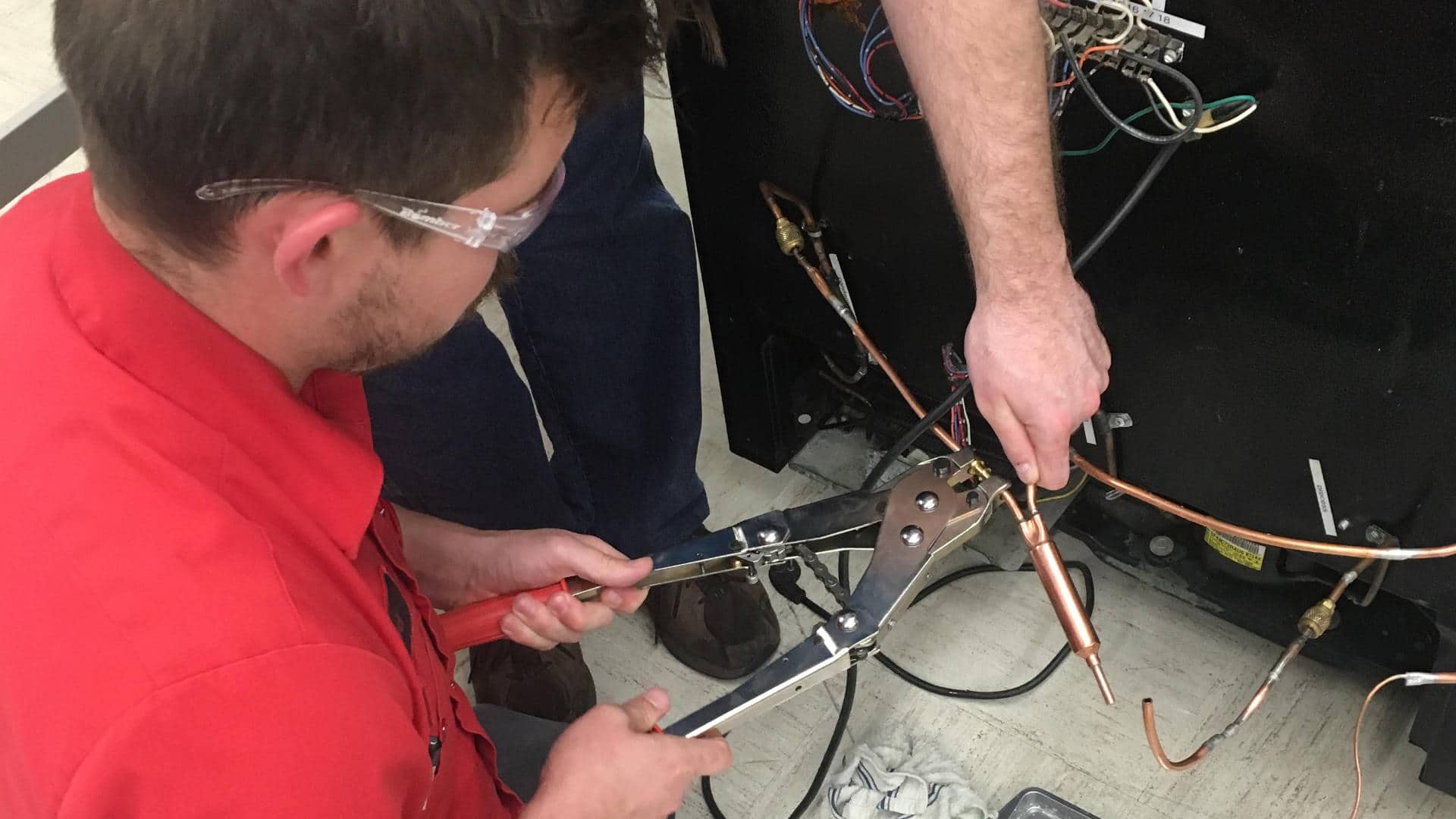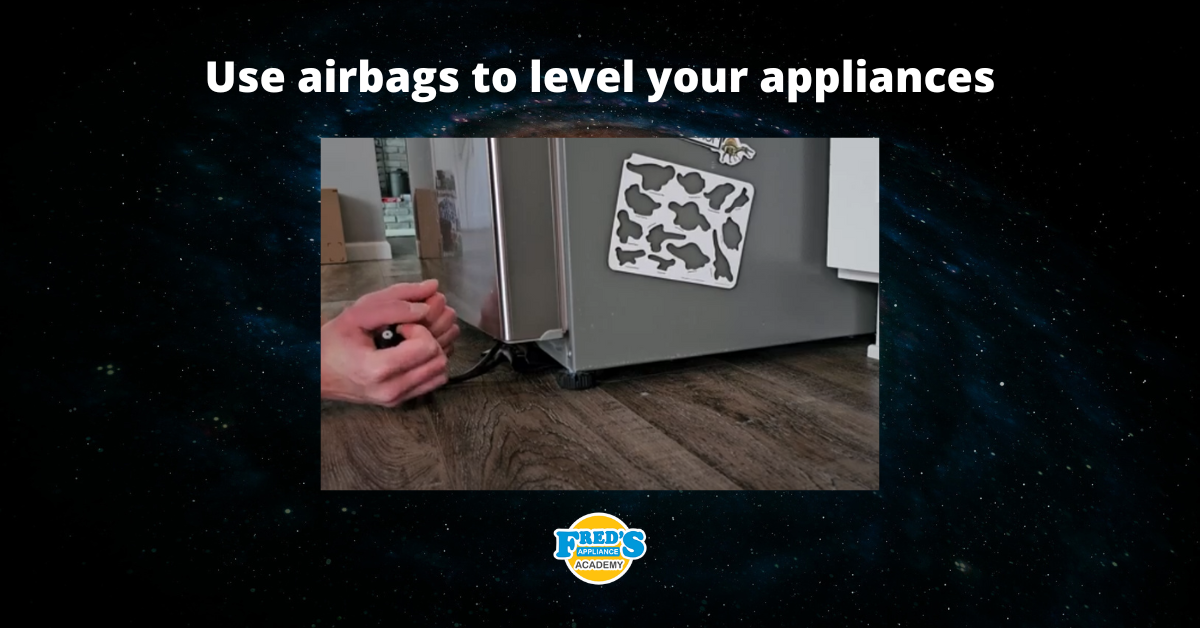
Working with tools is something that most people get the basics very quickly. Most people can wield a screwdriver to tighten a drawer handle easily enough. But appliance repair requires a level of expertise and care beyond simple DIY home projects. The inside of an appliance has sharp edges, tight angles, and sometimes require you to know what you’re doing without being able to see.
Today, we’re here to share a few expert tips on working safely with tools during a professional level appliance repair.—
1) Wear Work Gloves
Good work gloves are not your average gardening glove. The right gloves for repairs fit well, have insulated padding, and provide a grippy surface along the palm. There are three good reasons to wear quality work gloves during appliance repairs.
First, the gloves protect your hands from cuts on sharp edges and wires inside an open appliance. Second, gloves provide a layer of insulation against shocks in case appliances retain a charge in some components. Third, the gloves give you a better grip on tools, clips, and screws.
2) Practice Different Grips for Tight Angles
The inside of appliances is not always made with the intention to be disassembled and repaired. Sometimes, the latch, bolt, or screw you need to reach is tucked into a corner or at an awkward angle that is difficult to reach with standard tools or tool gripping techniques.
Having a flexible screwdriver extender helps, but so does practicing keeping a grip on your tools and using them at tight angles. Practice makes perfect and hands-on training is the best way to get the hang of this skill.
3) Use Tools that Fit Your Hands
If you have particularly large or small hands, it’s important to stock your tool kit with tools that fit well in your grip. Chances are specific brands or lines of tools will fit in your hands better than others. Most technicians also develop a preference for handle type. You may prefer ridged or rubberized handles for grip or smoother handles for spin.
4) Know-How to Improvise
There’s also a chance that you may run into an unusual model or problem that requires a tool, not in your kit. While this could require you to re-equip before finishing the repair, you may also be able to improvise. Know when your socket wrench can stand in for a nut-driver, or when a magnet and string can fish out a lost screw instead of having to open up the housing. Being resourceful is a surprisingly helpful skill in appliance repair real-world scenarios.
5) Socket Kits vs Handled Sets
Lastly, consider whether you’d rather have a socket kit for screwdrivers, nut drivers, and wrenches or a complete handled set. Sometimes, it’s useful to have both, as with pairing a socket wrench set with a set of combo wrenches. But every technician builds their toolkit based on what creates the most effective workflow for them. Build your toolkit with the sets that work best for you.
—Working with tools is an important skill that every appliance repair technician learns. There are some universal techniques and tricks and some that you will develop in your own real-world experiences. But these tips will help you get started building the toolkit and techniques that will last through hundreds of repairs in the future. At Fred’s Appliance Academy, you can learn everything you need to know about starting a career as an appliance repair technician. From the techniques to fix each make and model of appliance to the tools you need in your tool kit. For more appliance repair tips or to sign up for classes to learn the expert skills of appliance repair, contact us today!

How to test a gas range ignitor

Congrats to our graduating March 2024 class

How to test a 120 volt receptacle

Congrats to our graduating February 2024 class

Why Is Your Dishwasher Soap Not Dissolving? (5 Easy Fixes)

Refrigerator Dripping Water Inside? 5 Quick Fixes

Appliance Industry 2023 Q4 Results

Congrats to our graduating January 2024 class

Clever ways to use airbags to level your appliances



